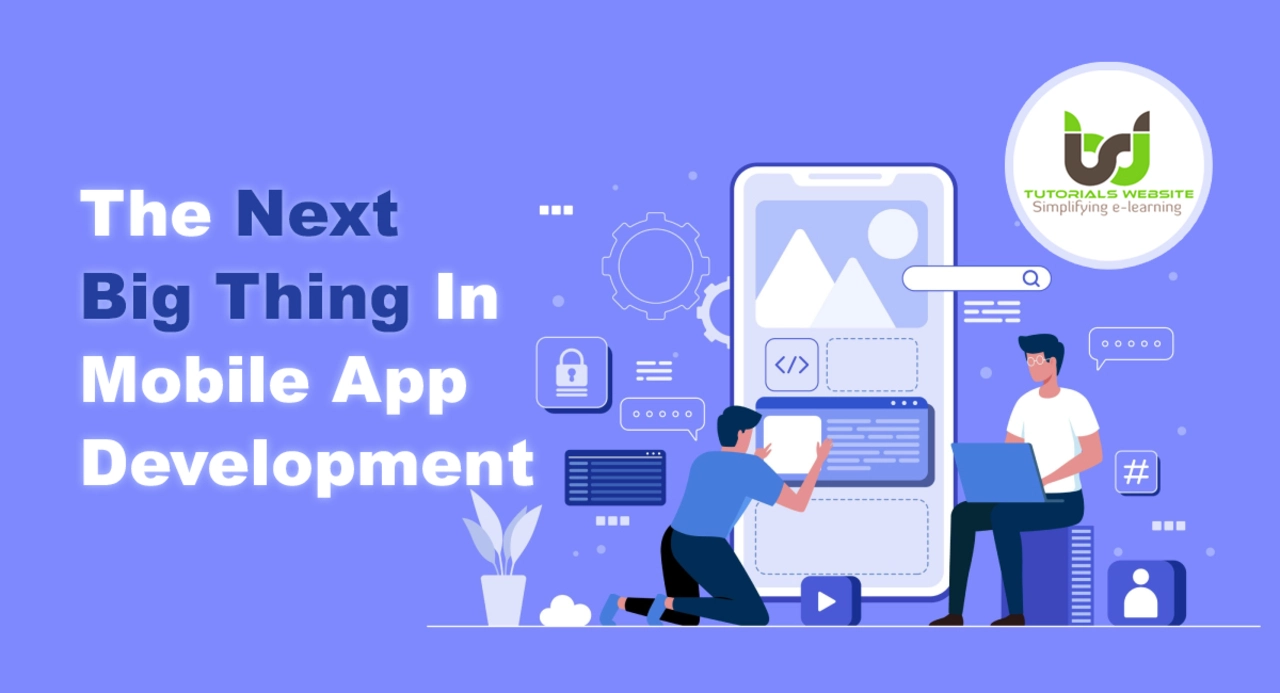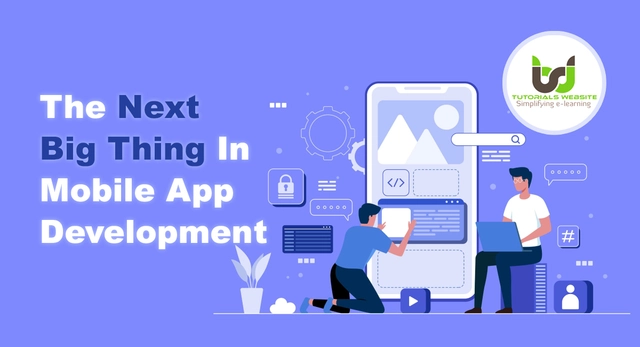Exploring The Future Of Augmented Reality: What's Next After Web & Mobile?
In recent years, there has been a great deal of buzz around the emerging field of augmented reality (AR). This technology has the potential to revolutionize the way we interact with the world, from gaming to shopping and even education. But what comes after the web and mobile? What is the next big thing in technology? The answer is Augmented Reality.
Augmented Reality (AR) is a technology that overlays digital content onto the physical world. It has the potential to transform the way we connect with and interact with our surroundings. AR can be used to enhance everyday activities such as shopping and gaming, and it can also be used to create entirely new experiences. For example, AR can be used to create virtual reality experiences that are more immersive than ever before.
One of the most exciting aspects of AR is its potential to transform the way we learn and interact with the world around us. With AR, educational materials can be presented in a more engaging and immersive way that encourages deeper learning. Augmented reality can also be used to create interactive experiences, such as virtual tours or simulations, that help to bring learning to life.
Another major benefit of AR is its ability to improve the customer experience. Retailers can use AR to provide customers with personalized experiences, such as virtual try-ons or interactive product tours. AR can also be used to create immersive shopping experiences that make it easier for customers to find and purchase the items they need.
As the technology advances, AR has the potential to create entirely new experiences. For example, it could be used to create virtual environments that allow people to explore and interact with the world in a completely new way. Additionally, AR could be used to create experiences that are tailored to an individual's interests and needs, making the world a more personalized and engaging place.
Augmented Reality is still in its early stages, but its potential is huge. As the technology continues to evolve, it will open the door to a world of entirely new experiences that are more immersive and engaging than ever before. The future of AR looks incredibly exciting, and it's sure to be the next big thing in technology after the web and mobile.
Harnessing the Power of Artificial Intelligence: What's the Next Step After Web & Mobile?
What is the next big thing in technology? The answer is: Artificial Intelligence (AI). AI is the technology of the future and its potential is almost limitless. AI is the ability for computers to learn and process data like a human being, and it can be used to automate mundane tasks or to create new, innovative products. AI has already been used in a wide array of applications, ranging from healthcare to finance. But what is the next step after web and mobile? How can we use AI to its fullest potential?
One way to use AI is to create virtual assistants. These virtual assistants can be programmed to respond to voice commands and provide useful information. They can assist with scheduling, provide reminders, and even help with complex tasks like financial planning. Virtual assistants can be used in both the home and the workplace, making them an invaluable asset to any organization.
Another way to use AI is in the development of autonomous vehicles. Autonomous vehicles can be programmed to drive and operate without human intervention. This technology can revolutionize the transportation industry and make transportation safer and more efficient. Autonomous vehicles can be programmed to detect obstacles and respond accordingly, making them a valuable tool for reducing the risk of accidents.
AI can also be used to aid in the development of smarter, more efficient products. By using AI, companies can create product designs that are more efficient and cost-effective. AI can also be used to monitor customer feedback and refine products accordingly. This can help a company stay ahead of the competition by creating better, more efficient products.
Finally, AI can be used to create virtual and augmented reality experiences. Virtual and augmented reality can be used to create immersive experiences that are much more engaging and realistic than traditional media. Companies such as Microsoft, Google, and Facebook are already investing heavily in this technology, and it could soon become the standard for entertainment, education, and even work.
The possibilities for AI are limitless, and the potential for innovation is huge. In the near future, AI will become an integral part of our everyday lives. We will see AI being used in many different ways, from virtual assistants to autonomous vehicles, and it will revolutionize the way we interact with the world. As AI technology continues to develop, it will be interesting to see how it will shape our lives and the future of technology.
Blockchain Revolution: What's Next for Technology After the Web & Mobile?
The next big thing in technology is blockchain. Blockchain technology is revolutionizing the way we store, transfer, and use data. It is a secure and transparent digital ledger system that records and stores data in a distributed manner, making it almost impossible for hackers to access or manipulate it. Blockchain technology has the potential to drastically improve the security, efficiency, and transparency of many industries, from banking and finance to healthcare and government.
The first and most obvious application of blockchain technology is in the financial sector. Blockchain-based digital currencies, such as Bitcoin, are becoming increasingly popular as a way to transfer money quickly and securely, without the need for middlemen or third-party intermediaries. These digital currencies are also decentralized, meaning they are not controlled by any one government or institution. This decentralized nature makes them a secure and reliable form of payment and investment.
Blockchain technology is also being used in other industries, such as healthcare, to create a secure and reliable way to store and share medical data. This data can be used to ensure that patient records are accurate and up-to-date, and to protect patient privacy. Additionally, blockchain technology can be used to securely store and transfer data that is important for businesses and governments. This could include contracts, legal documents, and other sensitive information.
Blockchain technology is still in its infancy, but it is already being used in a variety of industries and applications. As its use expands, so too will the potential applications and benefits of this technology. While it is impossible to predict exactly what the future of blockchain technology holds, it is certain that it will revolutionize the way we interact with data and technology.



